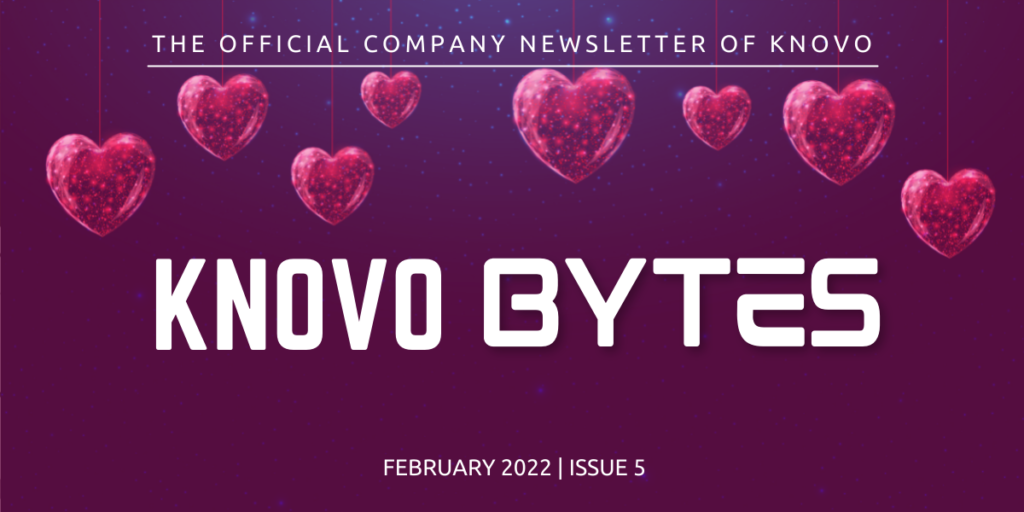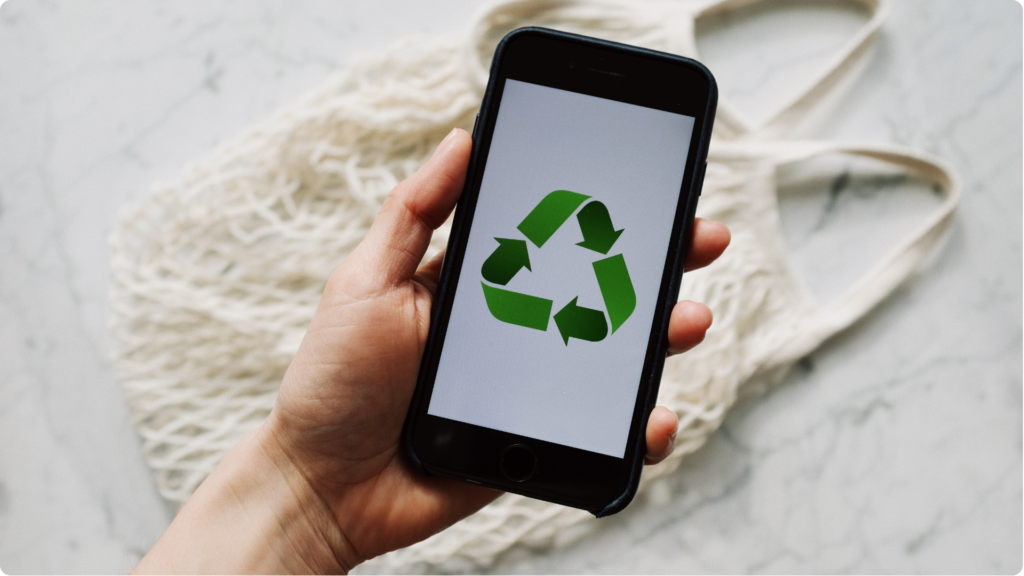
The term Metaverse does not refer to a singular piece of technology but rather a shift in how we interact with technology. It is a blend of different technologies coming together to create a seamless experience in the virtual world. These technologies include virtual reality and augmented reality where virtual worlds are created that exist simultaneously with our physical worlds.
Metaverse is not going to be about just one company but rather would require collaboration from the industry, government and individuals to help it reach its potential. Major industry players such as Microsoft, Nike, Roblox, Google and Amazon are already working on creating virtual spaces and items to exist in the Metaverse.

Meta CEO Mark Zuckerberg describes the Metaverse to be the ‘successor of the mobile internet where you can do anything you imagine’. It would provide an even more immersive experience while socializing, working and playing online.
Instead of being identified by a static profile picture you would socialize with 3D avatars which would make users feel as though they were interacting with the person in real time, as you can see facial expressions and body language.
You would also have your own personal virtual space described as your home. Horizon Home is a platform where you can create your own personal space and invite friends as well. You are free to step out of your ‘home’ to go anywhere you wish. It would host digital commerce where users can buy and sell goods just like in the physical world.
Metaverse would take the term socializing from simple mobile interactions to almost life-like interactions. By creating virtual spaces, individuals can create a classroom, an office, or even a party where they can interact with others just like in the physical world.
For education, Metaverse would open doors to immersive learning like never before. Learners can learn about geographical landscapes by visiting these in the virtual spaces, or learn about the planets by seeing 3D life-like images of them.
Metaverse could possibly imitate the classroom exactly in the physical world where learners can interact with other students and instructors.
References:
– Wired, WHAT IS THE METAVERSE, EXACTLY?, <https://www.wired.com/story/what-is-the-metaverse/>
– euronews.next, FACEBOOK IS NOT THE ONLY COMPANY BUILDING A METAVERSE. HERE ARE THE OTHER COMPANIES RIVALLING META, <https://www.euronews.com/next/2021/11/22/facebook-is-not-the-only-company-building-a-metaverse-here-are-the-other-company-s-rivalli>
– Road to VR, FACEBOOK’S VISION OF THE METAVERSE IN 3 MINUTES, <https://www.youtube.com/watch?v=6b_wpVNq1C8>

However, technology has also aided our efforts towards a more sustainable future. The World Wildlife Fund estimates that by 2030, smart devices and systems would reduce CO2 emissions by 8 gigatons, which is almost a quarter of 2018 CO2 emissions. Other innovations such as Tesla’s Powerwall improve power usage and storage to reduce waste. The automobile industry is also moving towards electric cars, where each car can save up to 1.5 million grams of CO2.
As a society, we have a responsibility to ensure we create a sustainable environment for our future generation and that is only possible with a shift in consumer behavior and proper regulations. We should be conscious of our purchases by buying only what we need, choosing to repair our devices instead of simply discarding them and donating reusable items.
Government regulations also promote these behaviors such as the e-waste management system in Singapore. The Extended Producer Responsibility (EPR) framework places producers responsible for the collection and treatment of their products when they reach end-of-life. Consistent changes in our consumption patterns along with government aid can ensure that we create a safe environment for our future generation to thrive in.
References:
– National Environment Agency, EXTENDED PRODUCER RESPONSIBILITY (EPR) SYSTEM FOR E-WASTE MANAGEMENT SYSTEM, <https://www.nea.gov.sg/our-services/waste-management/3r-programmes-and-resources/e-waste-management/extended-producer-responsibility-(epr)-system-for-e-waste-management-system>
– eDF Energy, BENEFITS OF ELECTRIC CARS ON THE ENVIRONMENT, <https://www.edfenergy.com/for-home/energywise/electric-cars-and-environmenti>
– McKinsey & Company, THESE 9 TECHNOLOGICAL INNOVATIONS WILL SHAPE THE SUSTAINABILITY AGENDA IN 2019, <https://www.mckinsey.com/business-functions/sustainability/our-insights/sustainability-blog/these-9-technological-innovations-will-shape-the-sustainability-agenda-in-2019>
– Governing.com, THE BATTLE OVER TECHNOLOGY AND ENERGY CONSUMPTION, <https://www.governing.com/next/the-battle-over-technology-and-energy-consumption.html>
February is the month of love and the perfect opportunity to show the people around you how much you love and appreciate them. In the pandemic era and endless zoom calls, we should take this time to be grateful for the families, friends and partners in our life. Knovo has a few recommendations for you to count on technology to deliver that message for you.

Locket: This recently viral app is an adorable way to stay connected even if you’re miles apart. It is a widget on your home screen that showcases live pictures from your loved ones. It’s a great medium to stay updated and the history section helps you remember the precious moments forever. Download and start sending pictures on this app here.
Lovebox: This is a great box to send messages to the special people in your life. An adorable box that sits on your shelf that has a screen to deliver heartfelt messages. Check out the lovebox here.
By entering your email address, you will receive promotional updates, relevant content, products and services from Knovo. You may unsubscribe from these communications at any time. View privacy policy.